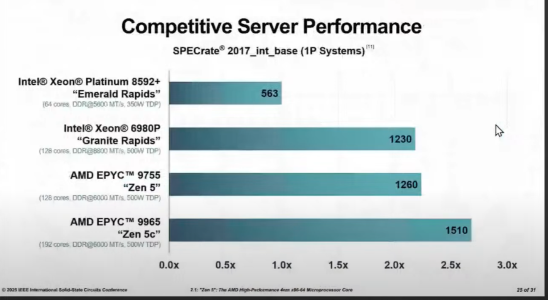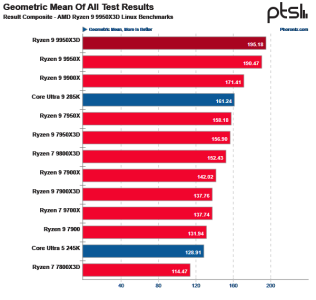40% improvement per clock at 13mm2, which is basically triple Lion Cove, while being clocked lower.
So you know the criticism against the P cores vs E cores? Now repeat that, except the P is Royal Core, and the E is Lion Cove.
The perf improvement was supposedly 40%, the IPC was supposedly double.
The biggest contention of the P-cores isn't even area (though that is bad), it's the equally bad power consumption.
Area is arguably the least important part of the PPA consideration, and Apple's very large cores should be a real life example that if a core is large, much better perf and power could make it viable.
With IPC that high and clocks looking to be that low, the power efficiency of this core likely would have blown anything else away. I imagine in server it would esentially be running at Vmin at extremely high perf/watt.
Further iterations of RYC were supposedly going to improve perf/mm2, but even the rumor iteration sounds like it would be viable enough...
And from what we hear, RYC was indeed a failure. I meant hail mary as in Core 2/Ryzen.
I'm guessing it was less engineering decisions that caused RYC to be canned, but financial and political ones.
I think the PTL's Compute Tile has a single area of 114mm.
Yes, I was referring to PTL's die area of all the tiles.
Actually, looking back at that document leak, PTL's active tile area is only ~220mm2.
Meet Theranos:
https://www.investopedia.com/articles/investing/020116/theranos-fallen-unicorn.asp
It's commonly said 90% of startups fail, and out of that, half are just treading water. So only 5% actually make money.
Even if the team had really good ideas, it's another thing to make it into something that is a genuine advancement in the real world.
Surprising then Jim Keller joined the board of that company, despite also being the CEO of another risc-v company that also is aimed to produce high performance risc-v cores.
Given his history with Intel, I would imagine he had to seriously believe in the viability of the core and the people behind it in order to do this.
It is kind of curious that no one is talking about the packaging Intel chose for ALL of its current and future products. Because if it is sub-optimal, it would mean admitting all of Intel's products have an Achiles Heel.
Idk how much of ARL's problems coming from the packaging being suboptimal, vs the fabric itself just being very bad. We might see in NVL ig.
Let's say on high performance chips (server, high end desktop), AMD may currently have 10% lead, and by 2028, there will be 2 generations, and suppose each one widens the gap by 10%. Which would be 33% overall.
Current, LNC and Zen 5 have similar 1T perf.
In 2026 with Zen 6, Lets say NVL ST is only 10% better than ARL, and Zen 6 is 30% better than Zen 5, through some combination of IPC and Fmax improvements. Would be a very large 20% gap.
In 2027 lets say Griffin Cove is still only another 10% improvement over Cougar? Panther? whatever NVL's P-core is. They are now ~10% behind AMD.
In 2028 Zen 7 and hopefully unified core would be out. ~10% is the gap that Intel will be facing, spit balling a pretty bad case for Intel.
BTW, way back, when I raised high cost of 2.5D Foveros to Exist50, when he was still around, he dismissed it...
I mean you could still talk to him on reddit lol, he is active there...





